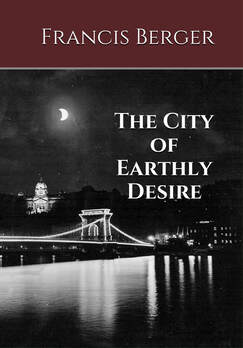Though Oszkár Glatz lived through a great deal of political instability, his art remained remarkably apolitical throughout the bulk of his life. Instead of becoming bogged down in politics, Glatz dedicated his creativity to depicting traditional Hungarian family and community scenes. Many modern people would consider his painting to be over-idealized, perhaps even kitschy, but in my mind Glatz's paintings, despite their obvious idealism, are respectable and charming representations of Beauty, Truth, and Goodness. What I admire most about his art is his ability to capture scenes from Hungarian rural life, scenes portraying the positive essence of relationships within families and communities. Looking at his paintings motivates one to think "now this is what family and friendships are all about." In a way, he is could be considered a Magyar Norman Rockwell.
But Glatz continued to paint during the transition to communism, and his painting from the 1950s reveal some perplexing choices. The painting below is called "Young Pioneer Visits Her Village Friends." (Young pioneers were essentially communist boy scouts and girl scouts although in terms of being ideologically driven, they were more along the lines of Germany's Hitlerjugend. For example, the communists routinely indoctrinated young pioneers to spy and inform on their families and neighbors). The painting below follows the same "formula" Glatz employs in so many of his other works, but his inclusion of the young pioneer girl disturbs the aura of Beauty, Truth, and Goodness Glatz had maintained throughout his earlier representations of simple rural life.
Whatever the case, somewhere in the late 1940s, when Glatz was already well into his seventies, he made a conscious decision to move away from the subject matter he had painted his entire life and begin painting idealized scenes of communist life. He was an octogenarian when he painted the scene with the young pioneer visiting her friends. Though some maintain Glatz had been more or less forced into shifting into communist themes, my intuition tells me his choice had been voluntary - that he honestly believed in the paradise communism professed to offer. If he hadn't, he would not have bothered to make the transition. After all, the communists permitted retirement, especially to people in their seventies and eighties - but Glatz chose to remain active. He could have put away his brush and hung up his apron and simply say he was too old and tired to paint anymore, but he didn't - and that, in my opinion, pretty much says it all.
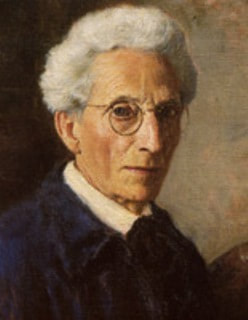
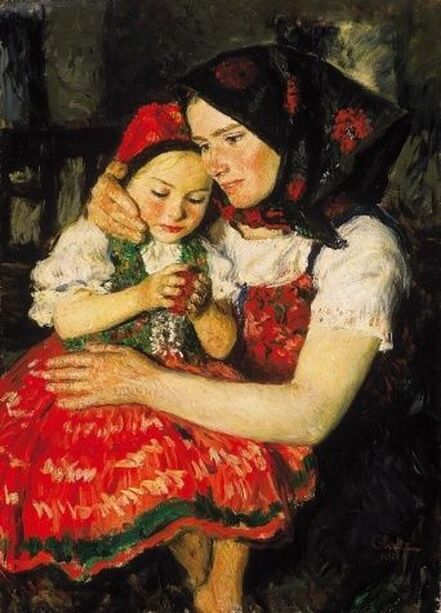
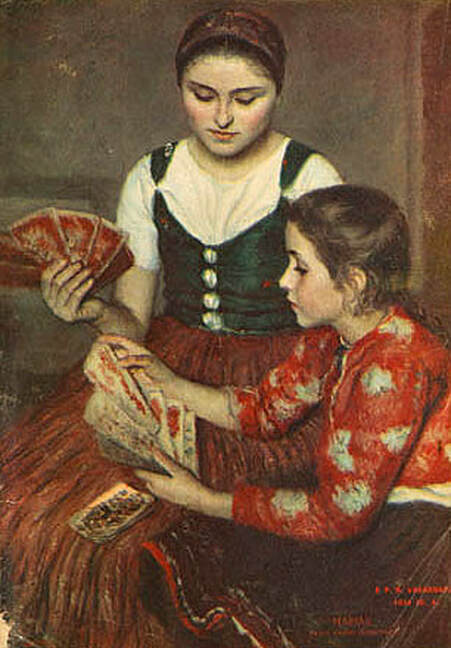
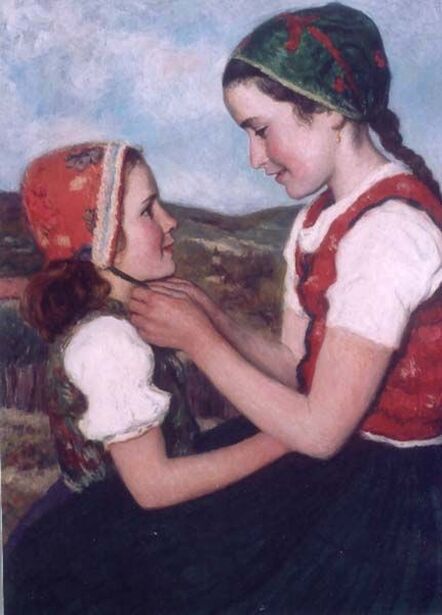
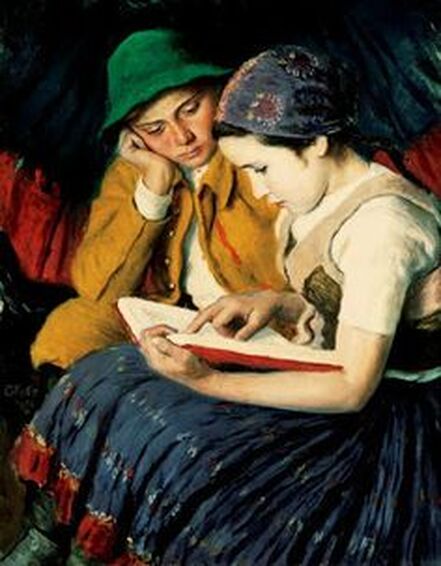
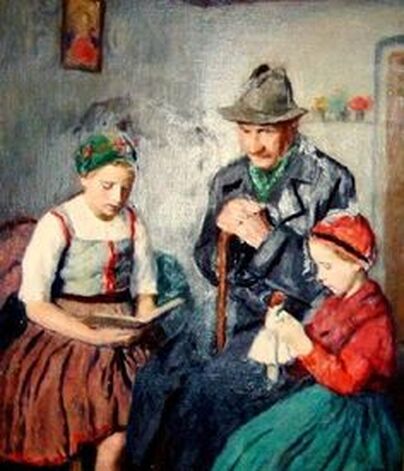
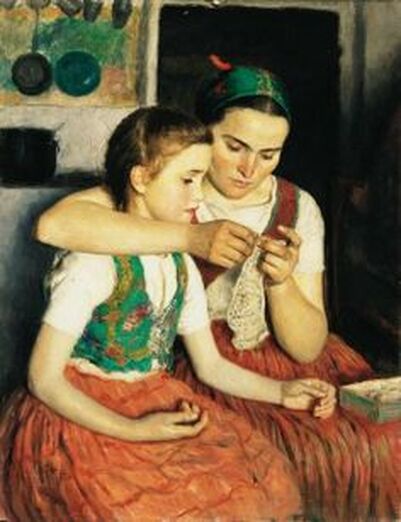

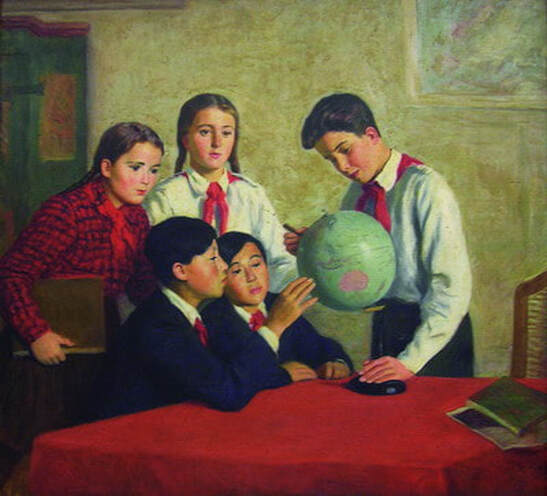

 RSS Feed
RSS Feed
